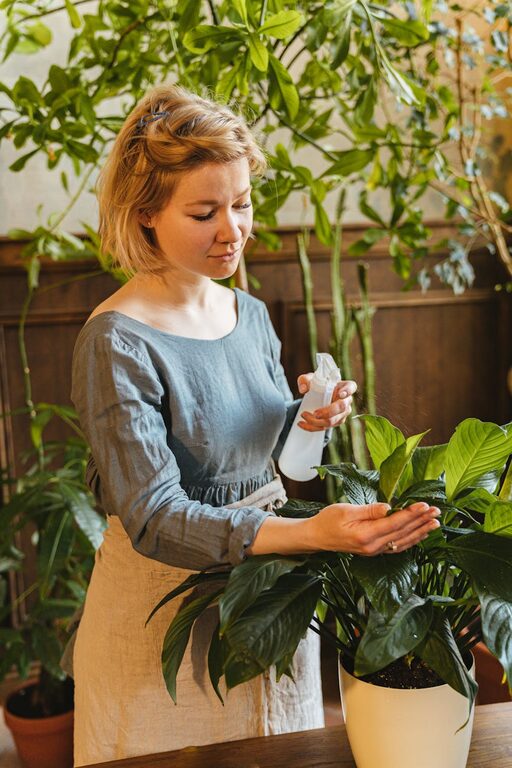Bringing houseplants into your living space adds a touch of nature, brightens up your home, and even improves air quality. However, keeping them healthy requires a little knowledge and care. Whether you’re a seasoned plant parent or just starting, these practical tips will help your houseplants thrive.
Understanding Your Plant’s Needs
Every plant is unique and thrives under certain conditions. Before bringing a plant home, it’s important to understand its specific care requirements.
Light Requirements
Plants vary in their light needs:
– Bright light: Plants like succulents and cacti need plenty of sunlight.
– Indirect light: Many tropical plants, such as pothos or peace lilies, prefer filtered light.
– Low light: Some plants tolerate or even enjoy shade, like snake plants or ZZ plants.
Placing your plant in the appropriate light not only keeps it healthy but also prevents issues like leaf burn or poor growth.
Watering Habits
Overwatering is a common mistake. Most plants prefer their soil to dry out slightly between waterings. To avoid overwatering:
– Check the top inch of soil; if it feels dry, it’s usually time to water.
– Use pots with drainage holes to prevent waterlogging.
– Adjust frequency based on season—plants generally need less water in winter.
Temperature and Humidity
Houseplants thrive in temperatures similar to most homes, usually between 65°F and 75°F (18°C to 24°C). Avoid placing plants near:
– Heating vents or radiators
– Drafty windows or doors
Many tropical plants prefer higher humidity. Use a humidifier, grouping plants together, or misting leaves occasionally to maintain humidity levels.
Proper Soil and Pot Selection
Healthy roots are key to a thriving plant.
Choosing the Right Soil
Use soil formulated for your specific type of plant. For example:
– Succulents and cacti need fast-draining, sandy soil.
– Tropical houseplants prefer soil rich in organic matter and moisture-retentive.
Avoid garden soil, which may compact or contain pests unsuitable for indoor plants.
Pots and Drainage
Choose pots with drainage holes to allow excess water to escape. If you love decorative pots without holes, use them as outer planters and keep your plant in a suitable pot inside.
Repot your plants every 1-2 years or when roots outgrow the pot. This refreshes the soil and gives space for growth.
Feeding Your Plants
Indoor plants benefit from occasional feeding to replace nutrients in the soil.
Fertilizing Tips
– Use a balanced, water-soluble fertilizer once a month during the growing season (spring and summer).
– Reduce feeding in fall and winter when plant growth slows.
– Follow package instructions to avoid overfeeding, which can harm plants.
Organic options like compost teas can also provide gentle nourishment.
Routine Maintenance and Troubleshooting
Regular care keeps your plants looking their best and catches problems early.
Cleaning Leaves
Dust can block sunlight, so gently wipe leaves with a damp cloth or give your plant a lukewarm shower every few weeks.
Pruning and Deadheading
Trim yellow or brown leaves to encourage new growth and improve appearance. Removing spent flowers (deadheading) promotes blooming in flowering plants.
Pest Prevention
Common pests include spider mites, aphids, and mealybugs. Prevent infestations by:
– Inspecting new plants before bringing them home.
– Regularly checking leaves and stems.
– Isolating affected plants and using insecticidal soap if necessary.
Additional Tips for Success
– Rotate your plants: Turn plants every week to ensure even light exposure.
– Use a moisture meter: This tool helps you gauge when your plant needs watering.
– Keep a plant journal: Track watering, feeding, and growth to understand your plant’s habits.
– Be patient: Plants take time to adjust to new environments.
Conclusion
Keeping houseplants healthy is about paying attention to their specific needs and adjusting your care routine accordingly. With the right light, water, soil, and attention, your indoor garden will flourish, bringing beauty and life to your space. Happy planting!



